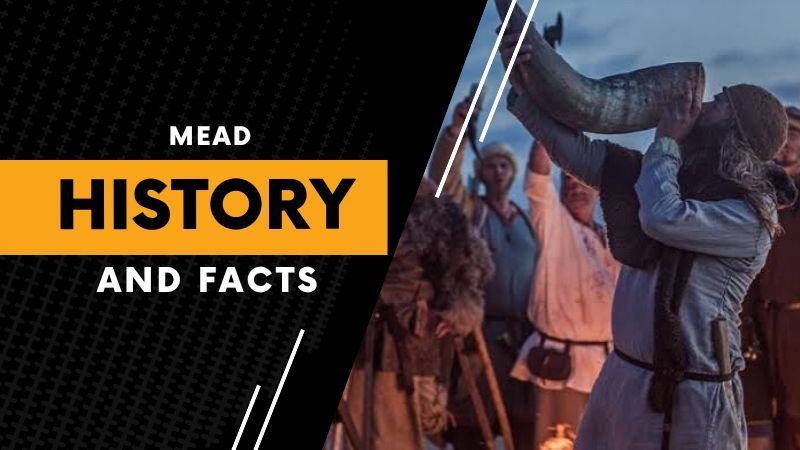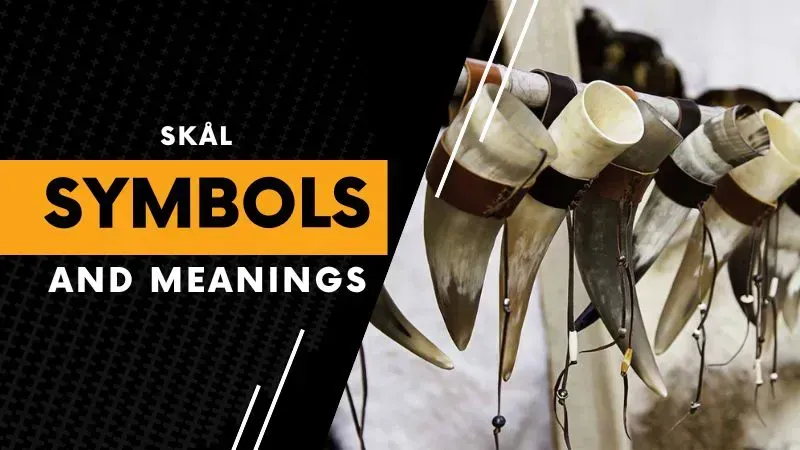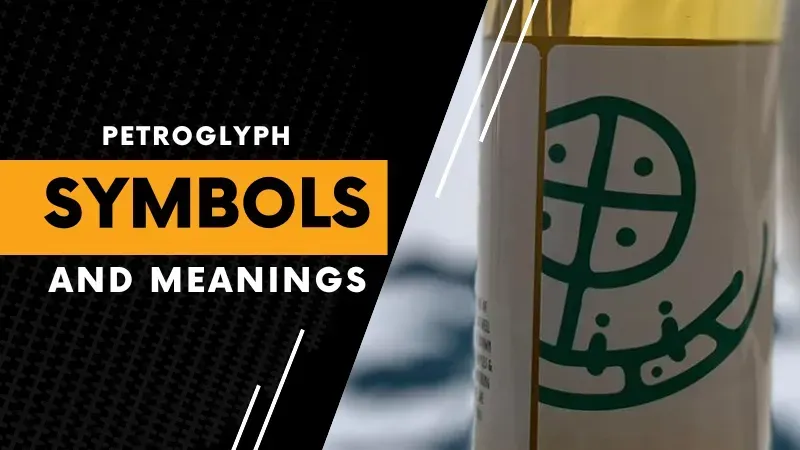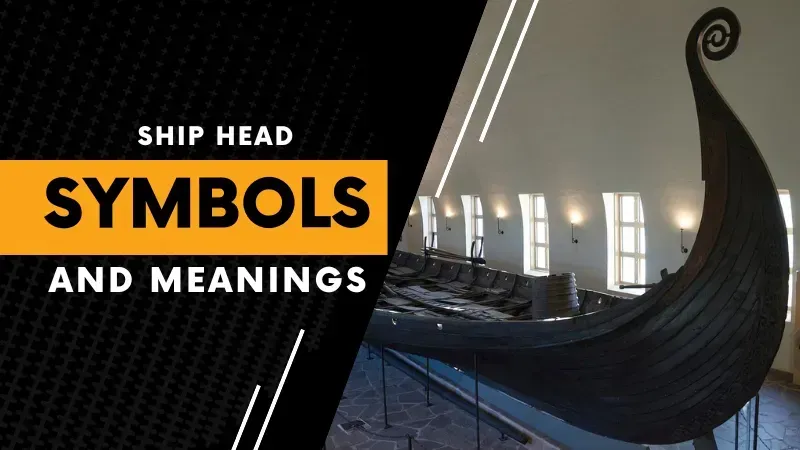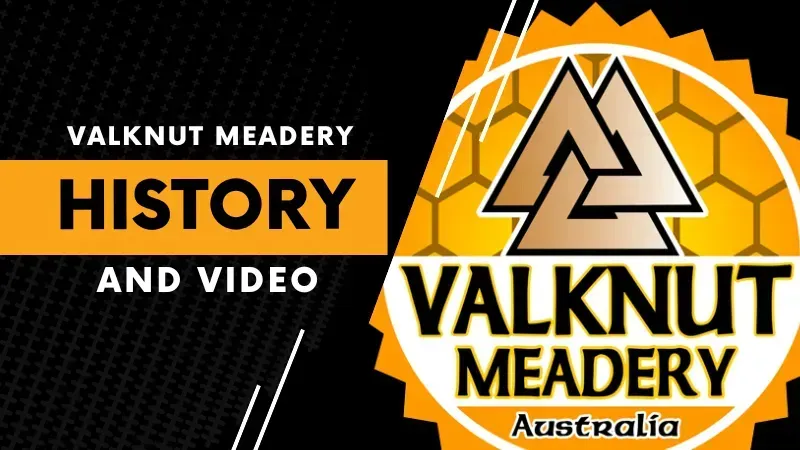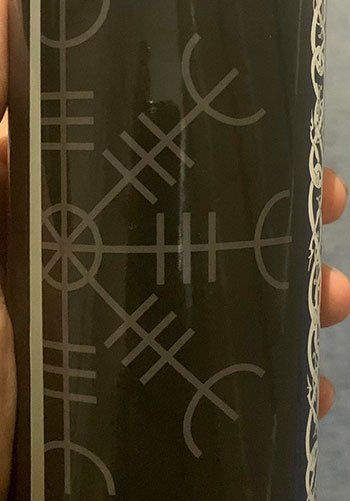
Sunday's Symbols & their Meanings
no:6 ~ Ægishjálmur
AKA: Helm of Terror or Helm of Awe.
This is by far one of the most popular “Viking Enthusiast" symbol getting around. It is also one of the most controversial symbols as there is much debate about its origins.
I’ll give both sides of the most common theories and then I’ll give my own opinion about its meaning.
One thing we all do agree on is that it’s a symbol of protection and defence of your "Self", whether that be physically or mentally.
"IT'S NOT A VIKING SYMBOL"
The earliest source of this kind of symbol dates back to around the year 1600 in an Icelandic book called Galdrabók (Book of Magic).
Iceland was recognised as a Christian country then so it can’t be Pagan related. Also because it only dates back to the 1600s, it is well past the Viking age so Vikings didn’t use it.
Ok, so that’s one side of the story...
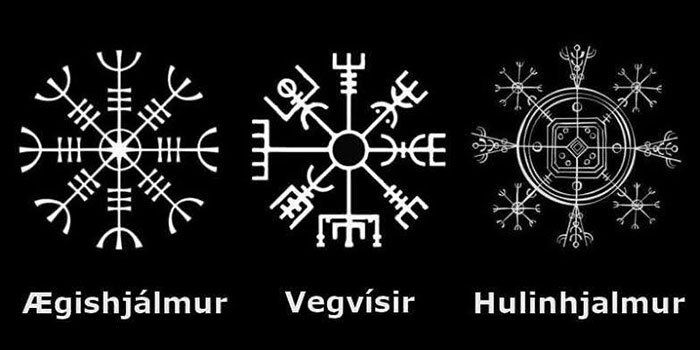
"IT
IS A VIKING SYMBOL"
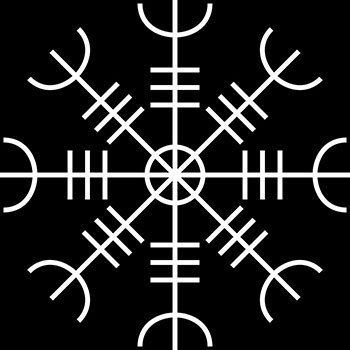
The oldest mention of the Helm of Awe, though not a physical drawing of the symbol, is mention in the Volsunga Saga, a poem from the Poetic Edda which was compiled in the 13th century in Iceland.
The poems in this book were hundreds of years old. There is a stone engraving depicting this saga from around the year 1030 in Sweden, which was considered to still be in the Viking age. The verbal version may be much older.
The saga quote says:
“The Helm of Awe
I wore before the sons of men
In defense of my treasure;
Amongst all, I alone was strong,
I thought to myself,
For I found no power a match for my own.”
MY
THEORY
What people need to understand is that although Icelanders in the year 1600 were predominantly Christian, the country still had a very strong pagan influence.
The year 1600 was in the heart of the “Witch Hunt” days. Being caught with these kinds of magical symbols was considered evil and the trials would begin, resulting in all kinds of barbaric acts against the pagans for their traditional practices.
Did Christians use this symbol as many think? I’m going to say no.
Remember, magic was against all Christian teachings. These kinds of books were well hidden during this time. Just because there is no physical evidence of the symbol before this date does not at all mean it didn’t exist.
Symbols like these would have mostly been drawn on the foreheads before a battle or carved into wood - all of this would have been long gone by now from age.
I believe there was a high chance of it being used during the Viking age, although until we find some solid architectural evidence, we will probably never know for sure.
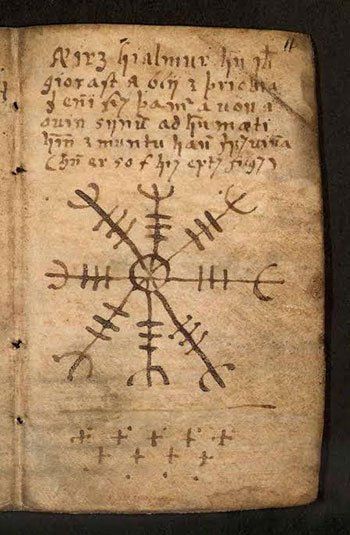
THERE ARE MULTIPLE PLAUSIBLE THEORIES ABOUT THE ORIGIN OF THIS SYMBOL
The origins of the Ægishjálmur are not really the important thing here, nor should we fight each other over its origins. Instead, we should focus on what it represents. The centre of the circle is your Self, your inner being (soul/spirit). The 8 staves coming out of it are somewhat like spears, a shield wall of protection against negative forces.
Happy Sun Day.
Skål ⨁



